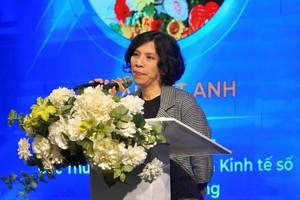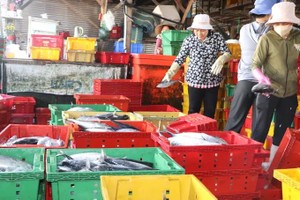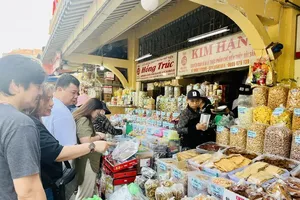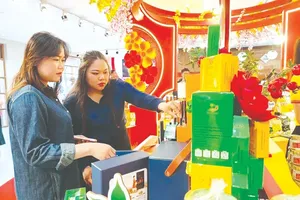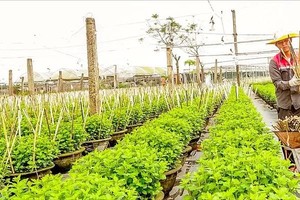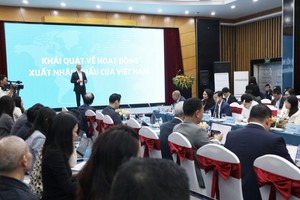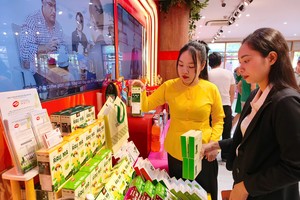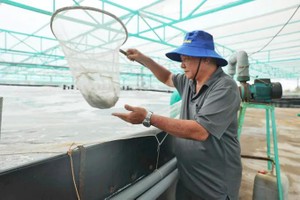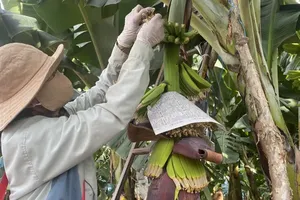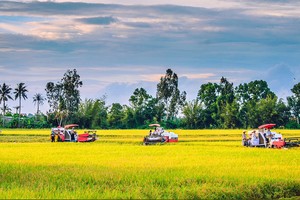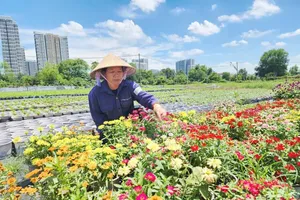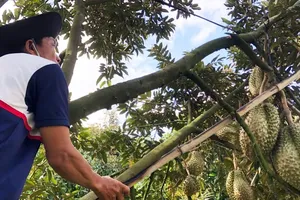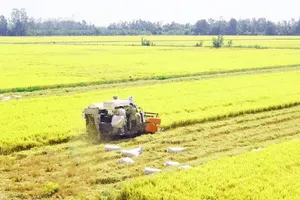
The Ministry of Agriculture and Environment, in coordination with Agriculture and Environment Newspaper, hosted the forum “Solutions to Enhance Competitiveness and Promote Exports of Advantageous Fruits: Passion Fruit, Banana, Pineapple, Coconut” on July 18 in Ho Chi Minh City.
The event drew online and in-person participation of hundreds of scientists, businesses, and farmers, and was chaired by Deputy Minister Tran Thanh Nam. The forum comes at a crucial moment as Vietnam’s fruit industry faces mounting pressure to expand export markets and strengthen its brand. Passion fruit, banana, pineapple, and coconut—seen as high-growth items approaching billion-dollar export value—are helping diversify Vietnam’s fruit and vegetable export structure.
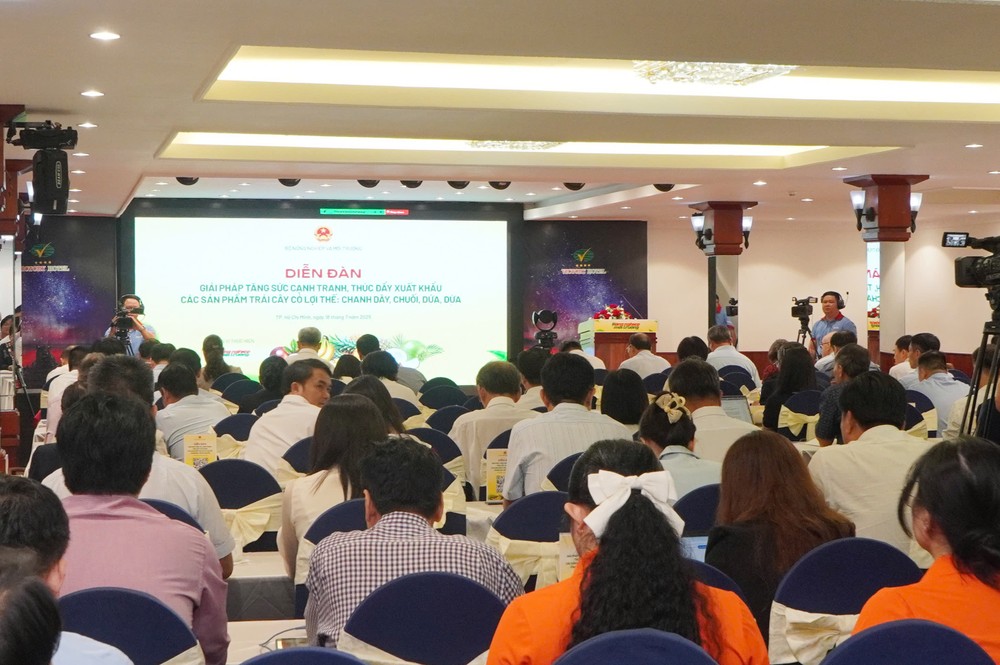
According to the Department of Crop Production and Plant Protection under the Ministry of Agriculture and Environment, Vietnam currently has over 1.3 million hectares of fruit trees producing about 15 million tons annually. Bananas account for 161,000 hectares with exports nearing US$380 million in 2024, ranking Vietnam ninth among the world’s top banana exporters. Vietnamese bananas are sold in China, South Korea, Japan, the EU, the United States, and many other markets. Pineapple covers more than 52,000 hectares, coconut about 202,000 hectares, and passion fruit over 12,000 hectares, all on an upward export and deep-processing trajectory.
Mr. Ngo Xuan Nam, Deputy Director of Vietnam’s SPS Office, said that as of July 1, fresh fruit exports to China are no longer subject to Decree 248 on registration management for foreign food producers. To date, China has granted more than 4,000 product codes to thousands of Vietnamese companies.
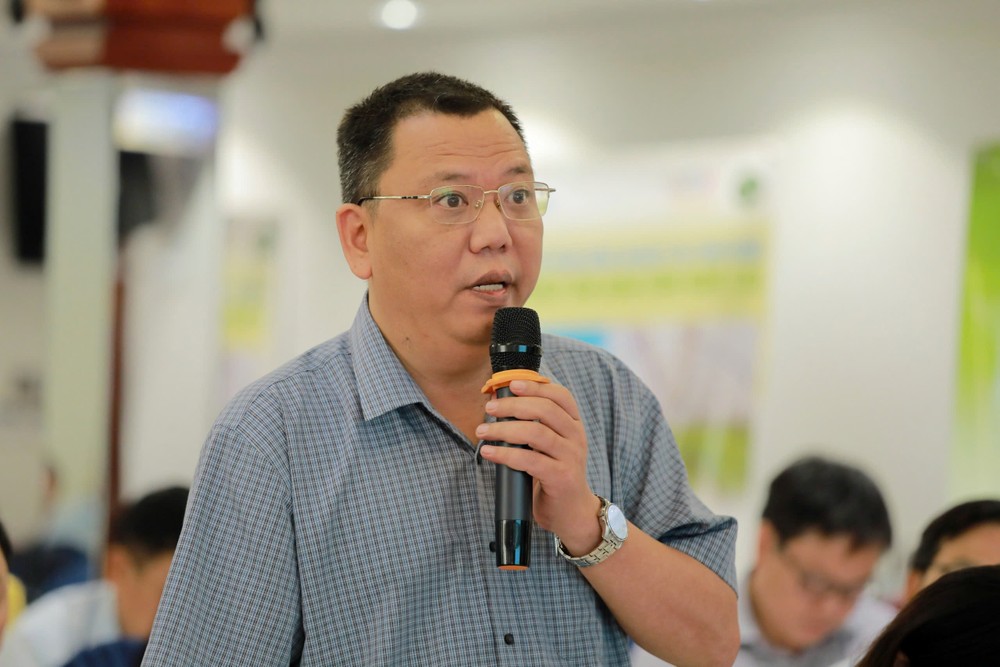
He noted that following Vietnam’s shift to a two-tier local government system, adjustments were required for registered addresses and heads of organizations in China’s CIFER information system. The Ministry of Agriculture and Environment, on June 19, instructed the SPS Office to continue working with China’s General Administration of Customs and relevant parties to provide updates on these changes and address related business concerns.
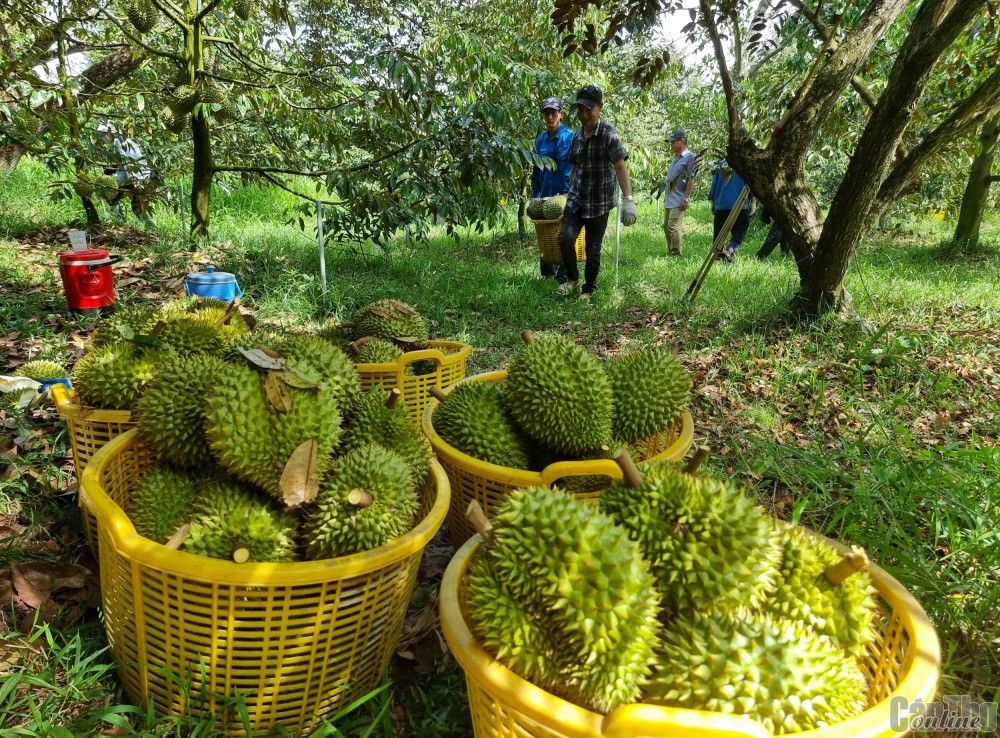
Ms. Nguyen Thi Kim Thanh, Chairwoman of the Vietnam Coconut Association, pointed out that the Mekong Delta is the country’s largest coconut-growing area, benefiting from favorable climate and soil conditions, with over 20 varieties cultivated mainly by household farms. However, farmers’ practice of introducing unselected new varieties has led to cross-breeding and reduced output quality.
She stressed that only with proper guidance from authorities and associations has quality gradually stabilized. Meanwhile, much of Vietnam’s coconut processing remains manual, with products hand-peeled for export, while many countries have switched to modern production lines, creating disadvantages in pricing and logistics.
“For sustainable growth, the coconut industry needs a stable supply of consistent quality and volume. Closer collaboration between the Ministry of Agriculture and Environment, research institutes, and universities is needed to improve yields and modernize production. We can also combine coconut with other fruits in processing to diversify products and increase the value of Vietnamese fruit,” Ms. Nguyen Thi Kim Thanh said.
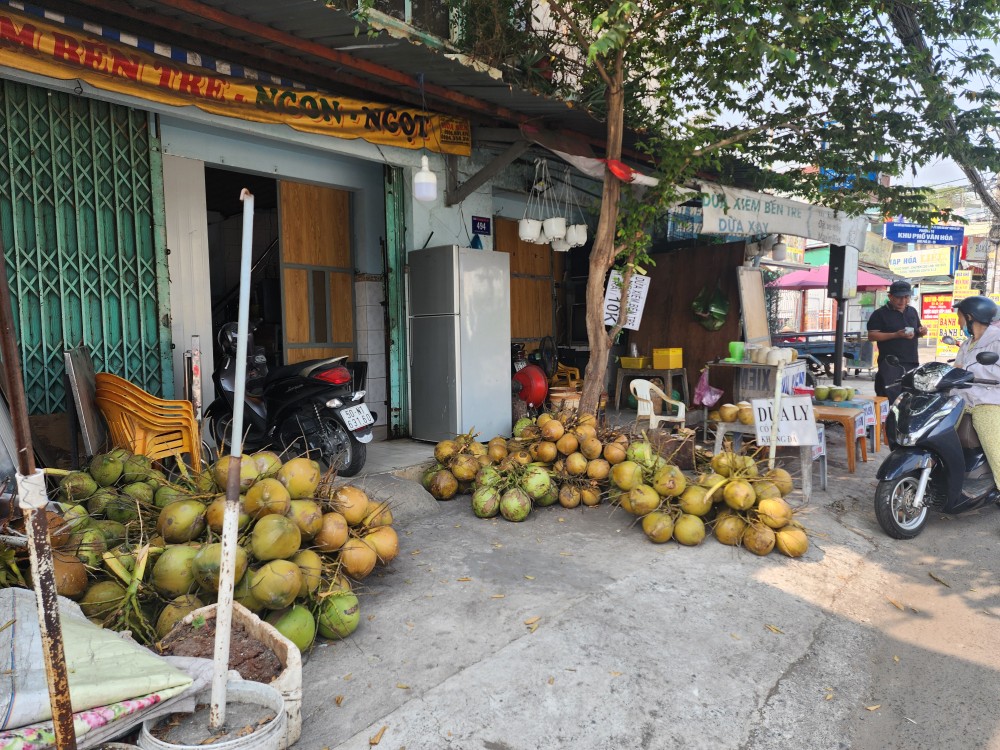
Mr. Nguyen Nhu Cuong, Deputy Director of the Department of Science and Technology under the Ministry of Agriculture and Environment, noted that while agricultural production capacity is rising, only durian has broken into the billion-dollar export category, with revenues of nearly $2.3 billion in 2023 and $3.3 billion in 2024. By contrast, formerly dominant dragon fruit exports have dropped sharply, from more than $1 billion to just $534 million in 2024. This underscores the considerable work required to meet the demands of the current development phase.

The forum served as a platform to tackle core challenges, from regional cultivation planning and production linkages to processing and market expansion. “This is not the responsibility of any single stakeholder,” Mr. Nguyen Nhu Cuong emphasized, “but a shared duty of authorities, enterprises, farmers, and cooperatives.”
